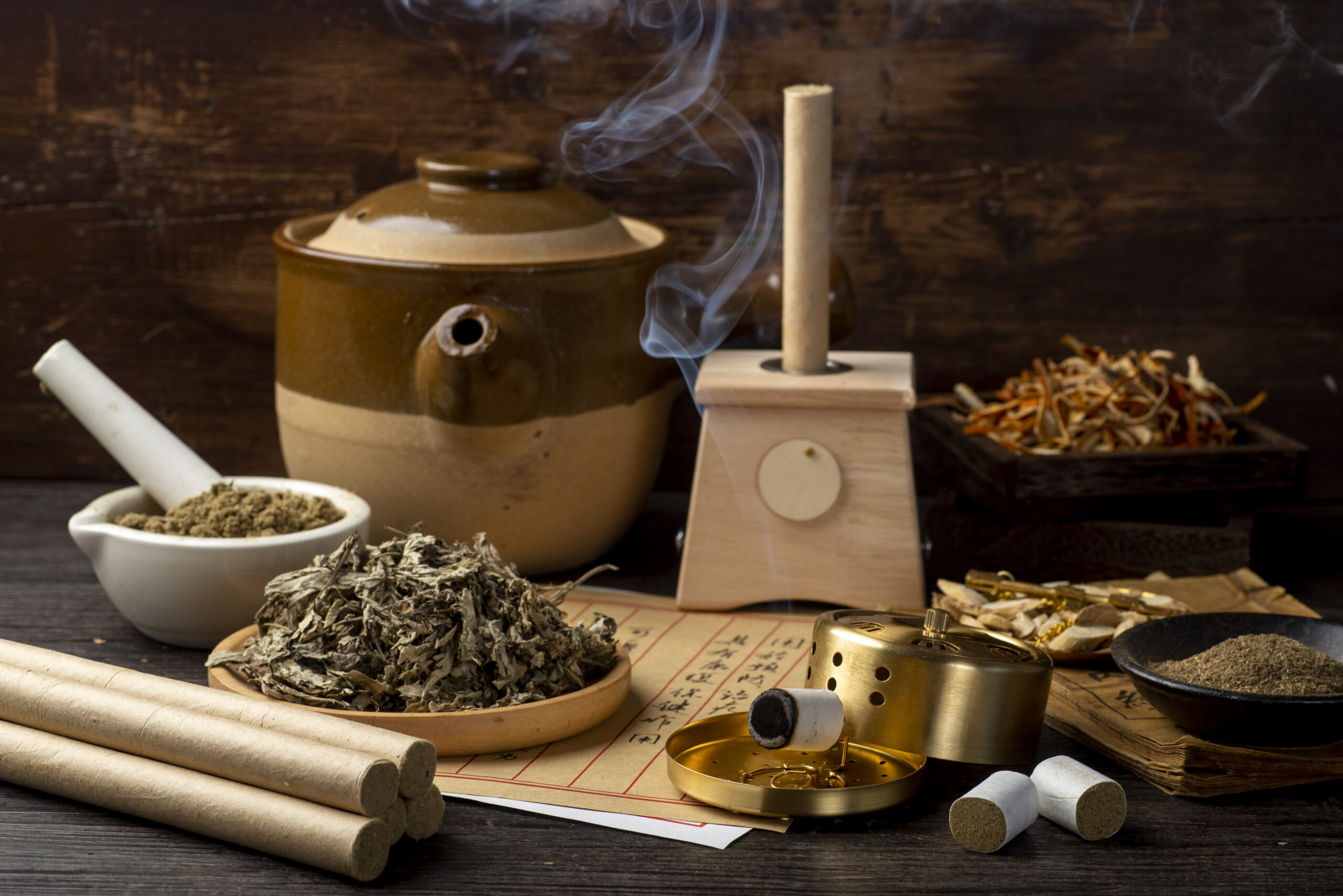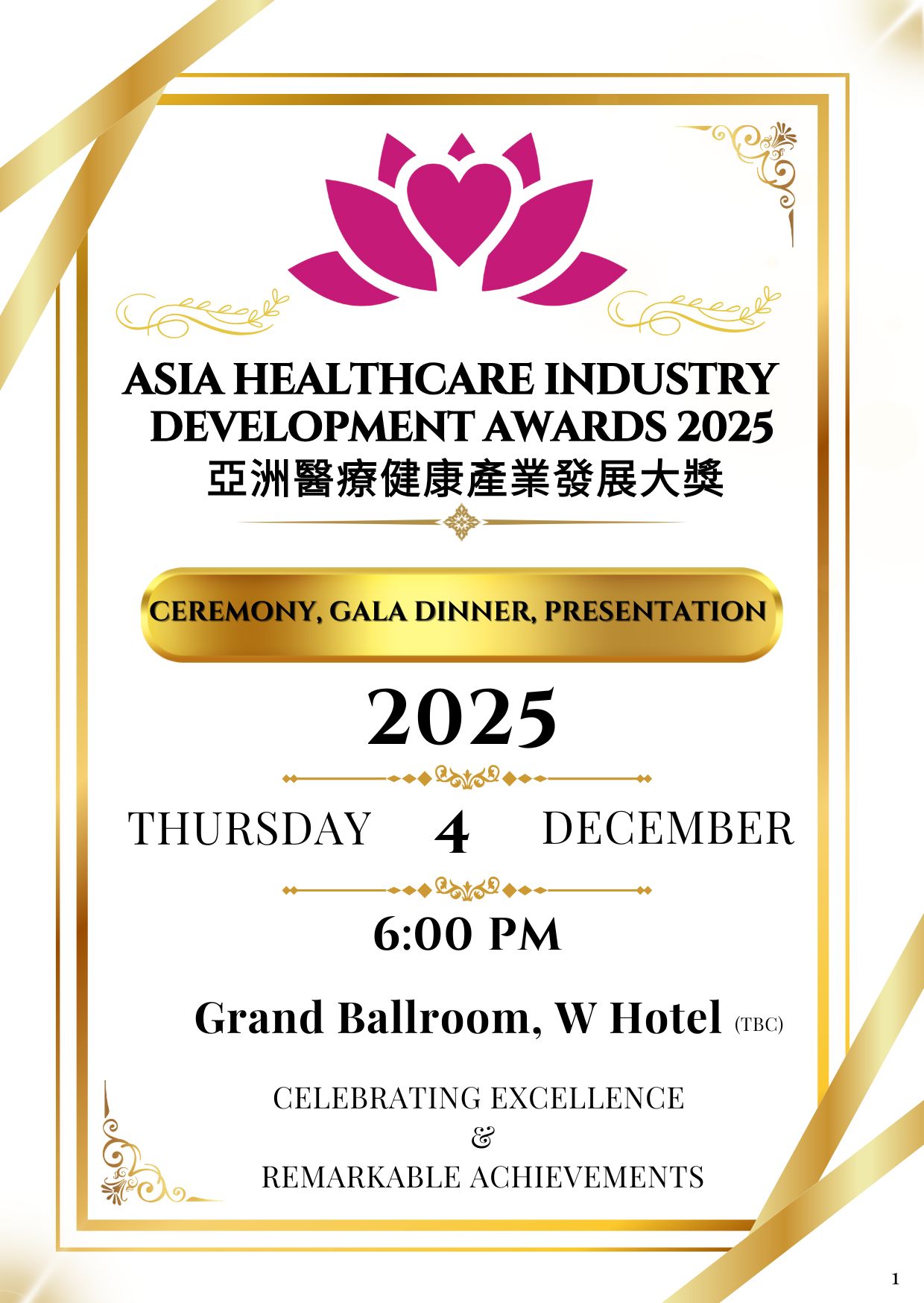The global beauty and personal care market, valued at $429.2 billion in 2022, is projected to reach $556.21 billion by 2032, according to Statista. Within this dynamic industry, Traditional Chinese Medicine (TCM)-inspired beauty products are gaining momentum, fueled by consumer demand for natural, holistic, and culturally rich solutions. Brands like Herborist and Tong Ren Tang are harnessing TCM’s ancient wisdom—blending herbal remedies with modern skincare innovations—to capture markets from Asia to Europe and North America. However, exporting TCM beauty products to international retailers involves navigating a complex web of regulatory certifications, which vary significantly by region. This article explores how retailers can successfully traverse these certification pathways to bring TCM beauty products to global consumers, drawing on verified data, real-world examples, and strategic insights (Statista, 2025).
The Rise of TCM in Global Beauty Markets
Rooted in over 2,000 years of history, Traditional Chinese Medicine emphasizes balance, harmony, and vitality. TCM beauty products, incorporating ingredients like ginseng, goji berries, and cordyceps, appeal to consumers seeking alternatives to synthetic cosmetics. In China, the cosmetics market was valued at $59 billion in 2022 and is expected to reach $96 billion by 2027, per McKinsey. Domestic brands like Herborist, with its Tai Ji and Yu Wu Xing series, have capitalized on this demand by infusing TCM principles into premium skincare lines. Globally, TCM’s appeal is growing: a 2021 survey in Hong Kong by the Hong Kong Trade Development Council indicated strong consumer preference for plant-based TCM ingredients over synthetic supplements, reflecting a broader trend toward natural products (McKinsey, 2023; HKTDC, 2021).
TCM beauty products resonate due to their cultural storytelling. Gen-Z and millennials, in particular, are drawn to products with authenticity and heritage. In Germany, where Commission E recognizes numerous TCM herbs, TCM-based skincare is gaining traction among consumers seeking longevity solutions. Japan’s aging population drives demand for ginseng and cordyceps-based products to address chronic conditions. Yet, the global expansion of TCM beauty products hinges on navigating diverse regulatory frameworks, which reflect regional attitudes toward herbal medicines, risk, and historical use (cmjournal.biomedcentral.com).
Understanding Certification Pathways: A Global Perspective
Exporting TCM beauty products requires compliance with varied regulatory standards to ensure safety and efficacy. These standards differ across regions, shaped by cultural, scientific, and legal priorities. Below, we explore certification pathways in key markets—China, the European Union, the United States, and Australia—and their implications for retailers.
China: The Epicenter of TCM Regulation
As the cradle of TCM, China maintains a robust regulatory system under the National Medical Products Administration (NMPA). Since 1984, Chinese patent medicines—ready-to-use TCM preparations—have been regulated similarly to pharmaceuticals, though with less stringent requirements. The 2020 TCM Law streamlined approvals for “classic prescriptions,” allowing simplified registration without extensive clinical testing. The 2021 Revised Advertisement Law prohibits TCM products from claiming efficacy for Western medical conditions, such as “anti-inflammatory” effects, to prevent misleading claims (cmjournal.biomedcentral.com).
For beauty products, the NMPA mandates rigorous quality control, including herbal ingredient authentication and adherence to Good Manufacturing Practices (GMP). Brands like Tong Ren Tang, operating 1,987 retail stores, exemplify success through vertical integration and GAP-certified plantations in Yunnan and Guizhou. Retailers exporting from China must meet these standards while complying with destination market regulations. Cross-border e-commerce (CBEC) offers a streamlined route, bypassing lengthy marketing authorizations. In 2021, China’s OTC drug market, including TCM products, generated $33.64 billion, with CBEC enabling market access in 2-3 months (pmarketresearch.com).
European Union: Balancing Tradition and Rigor
The European Union is a promising market for TCM beauty products, with a trade value of $850 million for Chinese herbal medicines in 2017, according to the Chinese Chamber of Commerce. Governed by the European Medicines Agency (EMA) and national bodies like the UK’s Medicines and Healthcare Products Regulatory Agency (MHRA), the EU emphasizes quality, safety, and efficacy (cmjournal.biomedcentral.com).
The EU offers three registration pathways for herbal medicinal products, including TCM-based cosmeceuticals:
- Traditional Use Registration (Simplified Registration): Under Directive 2004/24/EC, this targets products with 30 years of traditional use, including 15 years in the EU. It suits single-herb TCM skincare formulations, with seven products registered by 2022. Proving EU historical use remains a challenge for newer brands.
- Well-Established Use Marketing Authorization (MA): Requires substantial clinical evidence, often infeasible for TCM’s complex compositions.
- Stand-Alone or Mixed Application MA: Demands full clinical trials, making it less viable for TCM beauty products.
Germany’s Commission E approves numerous TCM herbs, facilitating market entry, but industry reports suggest many EU consumers remain skeptical without EMA certifications. Retailers must comply with GMP and provide detailed documentation on ingredient authentication and chemical composition. Herborist’s success in Europe, for example, stems from aligning its ginseng-based products with these standards, emphasizing natural extraction methods (cmjournal.biomedcentral.com).
United States: Navigating a Fragmented Landscape
In the U.S., TCM beauty products are regulated as cosmetics or dietary supplements under the Food and Drug Administration (FDA). Cosmetics require no pre-market approval, but claims must avoid implying medical efficacy (e.g., “treats acne” is prohibited unless substantiated). Dietary supplements, including TCM herbal extracts, fall under the Dietary Supplement Health and Education Act (DSHEA) of 1994, requiring manufacturers to ensure safety and accurate labeling (pmc.ncbi.nlm.nih.gov).
The U.S. market, valued at $128.9 billion in 2023, is lucrative for natural products, particularly among millennials. However, TCM products face scrutiny over toxic ingredients, such as heavy metals, noted in studies by Chen et al. (2021). Retailers like Lee Kum Kee Health Products Group have succeeded by reformulating TCM ingredients into Western-friendly formats, such as ginseng gummies, achieving an estimated 34% year-on-year growth in CBEC sales in 2023. Retailers must navigate state-level regulations and ensure supply chain transparency to avoid recalls (pmarketresearch.com).
Australia: Stringent Yet Accessible
Australia’s Therapeutic Goods Administration (TGA) regulates TCM products under its Listed Medicines pathway, recognizing a limited number of TCM herbs, approximately 56 according to industry sources. Retailers often blend approved ingredients with local alternatives, such as Tasmanian mountain pepper, to comply with restrictions. Labeling requirements are strict, mandating clear ingredient lists and GMP compliance. The TGA’s proposed three-tiered framework, including a middle-tier pathway for moderate-risk products, aims to encourage innovation while ensuring safety (pmarketresearch.com).
Australia’s 1.2 million ethnic Chinese residents drive demand for TCM beauty products, but regulatory hurdles slow market penetration. Brands like Tong Ren Tang build consumer trust through transparency and quality certification.
Strategic Approaches for Retailers
Navigating these certification pathways requires tailored strategies for each market’s regulatory and consumer landscape. Here are key approaches for international retailers:
1. Invest in Quality Control and Documentation
Quality control is critical across markets. Retailers must invest in robust supply chain management, from GAP-certified herbs to GMP-compliant manufacturing. Tong Ren Tang’s control over raw herb supply chains ensures consistent quality, a model for emulation. Detailed documentation, including ingredient authentication and safety data, is essential for EU and U.S. markets. In 2017, TCM exports to the EU reached $850 million, highlighting the importance of meeting stringent standards (cmjournal.biomedcentral.com).
2. Leverage Cross-Border E-Commerce
CBEC offers a faster, cost-effective market entry route, particularly in China and the U.S. Platforms like Tmall Global and Amazon target Chinese diaspora markets with products like bird’s nest collagen. Retailers must ensure compliance with overseas marketing authorizations and local classifications (e.g., cosmetics vs. health products) (pmarketresearch.com).
3. Adapt to Local Consumer Preferences
Cultural alignment drives consumer acceptance. In Japan, bilingual labeling and avoiding Kanji confusion with kampō medicine are critical. In Europe, emphasizing natural and sustainable ingredients appeals to eco-conscious consumers. Herborist’s European success stems from packaging TCM’s holistic philosophy in modern formats. Reformulating products, such as TCM ingredients in gummies, aligns with Western preferences (Daxue Consulting, 2023).
4. Build Strategic Partnerships
Collaborations with local distributors and regulatory experts streamline market entry. In the EU, partnering with firms familiar with EMA requirements expedites traditional use registration. In the U.S., working with e-commerce platforms ensures FDA compliance. Brands like Tiger Balm have leveraged modern distributors to gain market share (pmarketresearch.com).
5. Address Ethical and Environmental Concerns
TCM’s reliance on rare plants and animal-derived ingredients, such as rhino horn, raises ethical concerns under CITES regulations. Retailers must adopt sustainable sourcing, like artificial breeding or synthetic alternatives. A 2021 study by Cheung et al. emphasizes conservation-focused solutions to protect TCM’s resource base (Frontiers, 2021).
Case Studies: Success in TCM Beauty Exports
Herborist: Blending Tradition with Innovation
Herborist, a Shanghai-based brand, leads in TCM beauty by integrating ginseng and pearl powder with modern skincare technology. Its Tai Ji series, inspired by yin-yang balance, has penetrated Europe by meeting EMA’s traditional use registration requirements. By emphasizing sustainable sourcing, Herborist addresses consumer skepticism, contributing to China’s projected $18.7 billion cosmeceutical market by 2025 (Daxue Consulting, 2023).
Tong Ren Tang: Vertical Integration for Quality
Founded in 1669, Tong Ren Tang dominates with 1,987 retail stores and GAP-certified plantations. Its luxury Cordyceps militaris collections, priced over $1,380, target premium gifting markets, while OTC ginseng serums appeal broadly. GMP compliance and CBEC platforms like Tmall Global have fueled its expansion into the U.S. and Europe (pmarketresearch.com).
Challenges and Future Outlook
The TCM beauty export market faces hurdles. The EU’s lack of standardized efficacy metrics fuels consumer skepticism, with industry reports noting hesitancy without EMA certifications. Cultural differences demand clinical evidence in Western markets, challenging TCM’s holistic approach. Ingredient scarcity, such as Crocus sativus, threatens sustainability, as noted in a 2024 Frontiers study (Frontiers, 2024).
Looking ahead, integrating TCM with AI-driven formulation and big data for quality control offers transformative potential. The global TCM market, valued at $250.38 billion in 2024, is projected to reach $478.06 billion by 2033. Retailers investing in innovation, sustainability, and regulatory compliance will capitalize on this growth (businessresearchinsights.com).
Conclusion
Exporting TCM beauty products is a complex but rewarding endeavor. By navigating China’s NMPA standards, the EU’s traditional use registration, the U.S.’s FDA regulations, and Australia’s TGA framework, retailers can unlock global opportunities. Strategies like quality control, CBEC, cultural adaptation, partnerships, and sustainability are key. As demand for natural beauty solutions grows, TCM products blend ancient wisdom with modern appeal, offering retailers a path to success in a competitive market.









